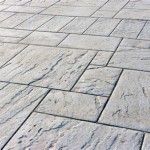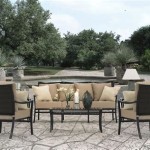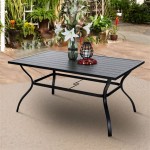Essential Considerations for Using Composite Wood Outdoors
Composite wood, an engineered material made from wood fibers and plastic resins, has gained popularity in outdoor applications due to its durability, low maintenance, and eco-friendliness. However, understanding the material's properties and limitations is crucial before using it in outdoor environments.
Moisture Resistance
Composite wood's moisture resistance is a significant factor. Certain types of composite wood are highly resistant to moisture, making them suitable for outdoor applications such as decks, fences, and siding. However, it's essential to choose a product specifically designed for outdoor use to ensure its durability.
Durability
Composite wood is generally more durable than natural wood. It resists rot, decay, and insect damage, providing a long-lasting solution for outdoor structures. However, it's important to keep in mind that different composite wood products may have varying levels of durability, so research and choose a product that meets your specific needs.
Fading and Discoloration
While composite wood is inherently resistant to fading, some products may experience slight discoloration over time due to exposure to UV rays. To minimize fading, choose a composite wood product with UV inhibitors or consider applying a protective sealant to extend its lifespan.
Maintenance
Composite wood requires less maintenance compared to natural wood. Regular cleaning with soap and water is generally sufficient to remove dirt and debris. However, it's important to avoid using abrasive cleaners or power washers, as these could damage the material's surface.
Installation Considerations
Proper installation is crucial for the longevity of composite wood outdoor structures. Ensure that the substructure is properly leveled and that the composite wood is installed according to the manufacturer's guidelines. Using the appropriate fasteners and ensuring adequate spacing are essential for optimal performance.
Additional Considerations
Other factors to consider when using composite wood outdoors include:
- Cost: Composite wood can be more expensive than natural wood, but its durability and low maintenance costs may offset the initial investment.
- Weight: Composite wood is heavier than natural wood, which may require additional support for structures.
- Environmental impact: Composite wood is often made from recycled materials, reducing its environmental footprint compared to natural wood.
By carefully considering these essential aspects, you can make an informed decision about using composite wood for your outdoor projects. Its durability, low maintenance, and eco-friendliness make it an excellent choice for a wide range of outdoor applications, providing a long-lasting and attractive solution for your outdoor living spaces.

Composite Decking Transforms Outdoor Living

A Composite Deck For Outdoor Living Brun

Outdoor Composite Decking Installation Must Read Before

Composite Decking The Future Of Outdoor Living

Outdoor Composite Decking Installation Must Read Before

Composite Wood Plastic Deck Board European Plank Outdoor Terrace Patio Teak Smooth Exterior Wpc Decking Brushed Panel Flooring

Protective Measures For Outdoor Wpc Decking Oakio Plastic Wood Building Materials Company
Maximising Outdoor Spaces How Composite Decking Boards Can Transform Your Home

The Great Debate Wood Versus Composite Decking Envision Outdoor Living S

Composite Wood Outdoor Furniture Plastic
Related Posts








